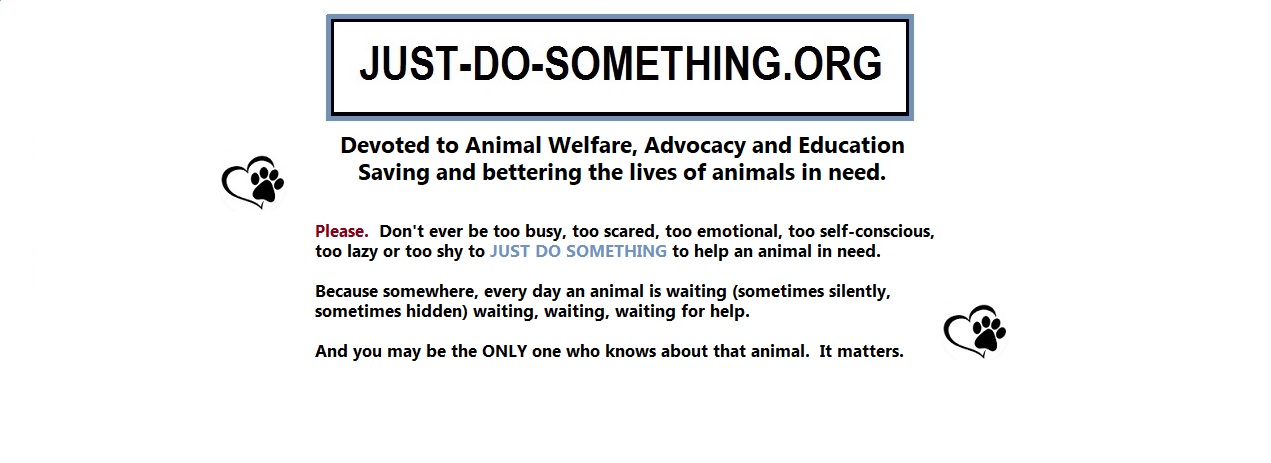Guest Blogger, Penny Morgan (www.league.org.uk)
Dog fighting is one of the most brutal and sadistic of all ‘sporting’ activities – the term ‘blood sport’ is more suitable; it reflects the darkest side of human nature, and those who indulge in such practices are frequently abusers of other humans, too. Yet the sentences handed down are not commensurate with the crime.
The maximum penalty for dog fighting in the UK is 6 months imprisonment and/or a £5000 fine, and the court can order the owner be deprived of the ownership of the dog and banned from owning or keeping another dog. [Section8, Animal Welfare Act 2006].
A couple of recent cases illustrate the types of sentences actually given:
In a 2009 case four people were jailed for their part in one of the EU’s largest dog fighting syndicates. A mother from Lincolnshire, who held dog fights at her home, was sentenced to 18 weeks in prison, ordered to pay £2000 costs and banned for keeping animals for 10 years. Three co-defendants were jailed for between 23 and the maximum 26 weeks for animal cruelty offences.
In another case (2011), a father and son, arrested after an undercover RSPCA operation, were sentenced to 20 weeks and banned from keeping dogs for life, and 12 weeks with a 15 year ban, respectively.
These seemed very light sentences for acts of wanton cruelty.
Recently, a Member of Parliament (Adrian Sanders MP, 15/10/2013) urged a doubling of sentences and/or a fine greater than £20,000 [Section 32(1) Animal Welfare Act 2006] be imposed for ‘egregious’ acts of animal cruelty.
Only about 10% of those found guilty are jailed, and of those most served only 8 weeks; nobody has received the maximum sentence. This government prefers to leave it up to magistrates to determine the length of sentence within the sentencing guidelines, and most seem disinclined to make use of the maximum penalties.
In contrast, if an owner fails to stop their dog harming other people, it could lead to at least 6 months and possibly up to 18 months in jail [Dangerous Dogs Act, 1991, and Sentencing Council for England and Wales]. Furthermore, it has been proposed that owners of dangerous dogs that allow them to attack other persons (weapon dogs) should receive significantly more jail time than the current maximum of 2 years – maybe up to 5 years if another is injured, and 14 years if the attack is fatal. Here, 91% of the public favoured increasing maximum sanctions.
Given the desire to augment sentencing for the use of ‘weapon dogs’, urgent consideration should be given to increasing sentences for dog fighting too.
Dog fighting is a booming criminal industry, but does not stand alone – there is much evidence to suggest that it serves as a hub for other serious illegal activities, such as money laundering, drugs, arms and people trafficking or prostitution. Thus, even if authorities are lukewarm about prosecuting dog fighters, these other anti-social activities ought to be persuasive.
There is also the question of cruelty spilling over into the domestic situation with the abuse of spouses and children. Such lack of empathy can become trans-generational.
For example, quite often the torturing and killing of animals precedes a continual pattern of violence against humans and animals. In dysfunctional families where domestic violence was present, 57% women reported that their husbands had beaten the pets too, and, of those, 32% had children who had abused pets. Children exposed to domestic violence are significantly more likely to have been cruel to animals then children not so exposed.
Neither can it be ignored that several serial killers including Jeffrey Dahmer, Ted Bundy, Edmund Kemper and David Berkowitz all had early histories of animal abuse.
Significantly, and not unrelated, one of the distinguishing features of conduct disorder (Diagnostic & Statistical Manual IV), affecting 6% of all children and often seen as a precursor to antisocial personality disorder (aka psychopathy), is cruelty to animals.
Thus non-human animal abuse can be a precursor to, and concomitant of, human abuse. The offenders’ overall behaviour patterns need to be taken into account when penalties and treatment are considered.
The barbaric practice of dog fighting does not incur custodial sentences proportional to the level of cruelty. Offenders are frequently involved in other serious crimes, and may suffer from psychiatric problems.
Those still advocating dog fighting as some sort of purist, blue-blooded activity, are either deliberately dissembling or sadly deluded. Some even blame animal welfare organisations for the degrading of the noble art of dog fighting! Presumably in former times, before the appearance of upstart animal welfare societies, this elite sport was a model of animal welfare and probity.
– Penny Morgan
pennymorganauthor.co.uk
After graduating in Zoology from King’s College, London University, I went to Bristol University’s Psychology Dept. to complete a PhD in Animal Behaviour. Later, in Southampton University, I did Post-Doctoral Fellow research into both sleep and bird behaviour. Later (after my children were of a school age), I started the new Psychology Advanced Level course at Peter Symonds’ 6th Form College, now one of the largest in the UK. I have published scientific papers and contributed chapters to a book (‘Social Behaviour in Birds and Mammals’, Academic Press). During the course of researching various aspects of my first book, Prime Witness (about apes gaining ‘personhood’ rights), I became absorbed by the legal issues, so I enrolled in a LLB course (London University) and obtained an LLB in 2003. I have since written two more books – Blood Wood (about illegal logging) and Devil’s Dogs (dog fighting) – and am in the process of completing a fourth (Trophy, about poaching rhino horns). I have contributed articles to the Journal of Animal Law Welfare (the journal of the Association of Lawyers for Animal Welfare), and Protect (the magazine of the League Against Cruel Sports. I’m currently Vice President of the League Against Cruel Sports.
Connect with Penny on Twitter!







